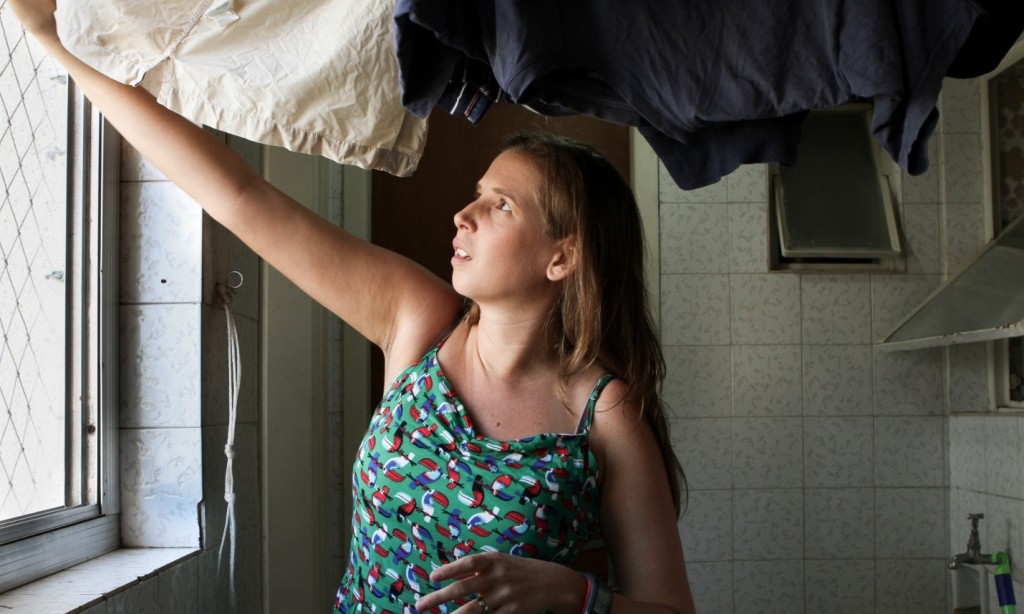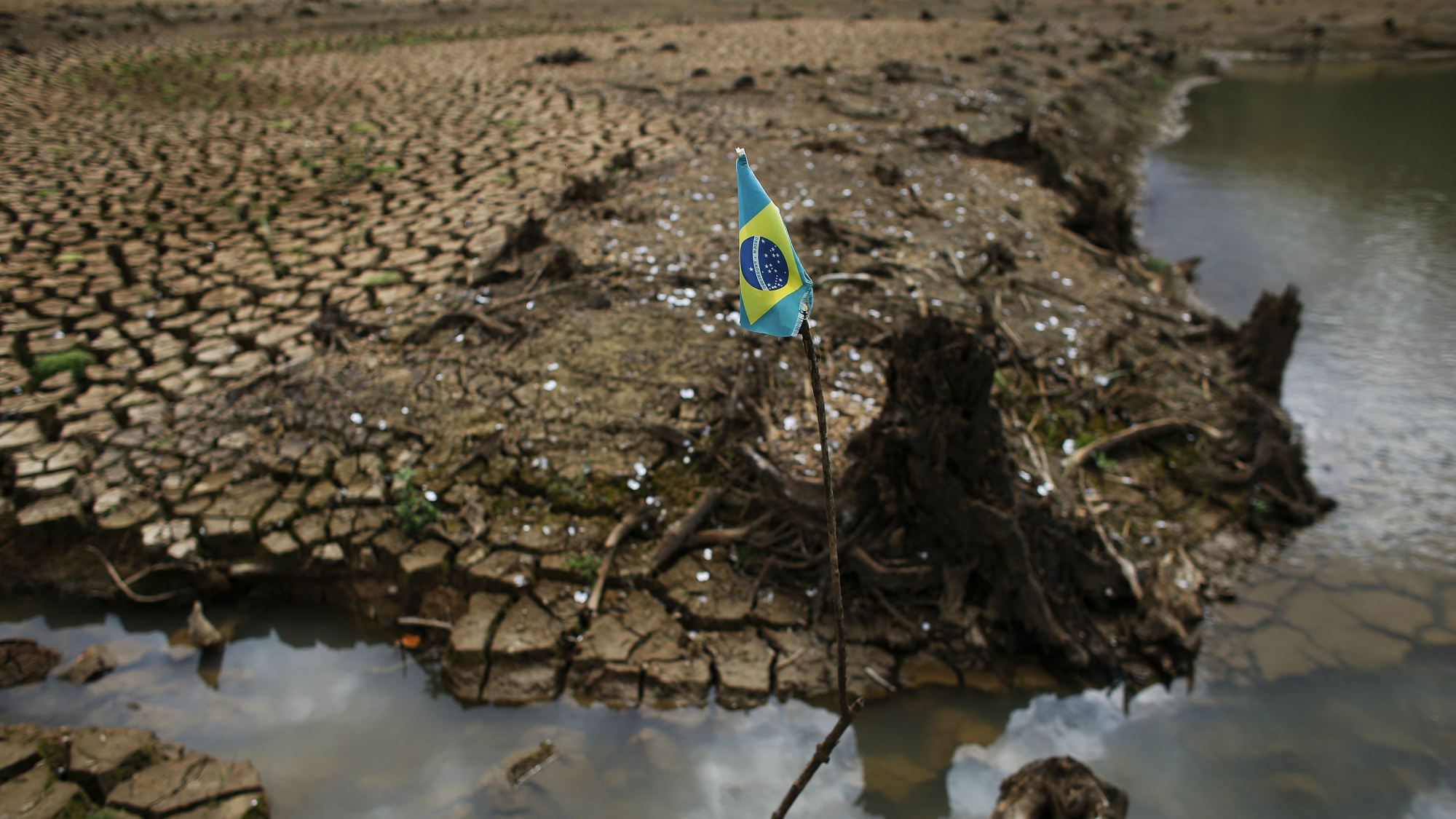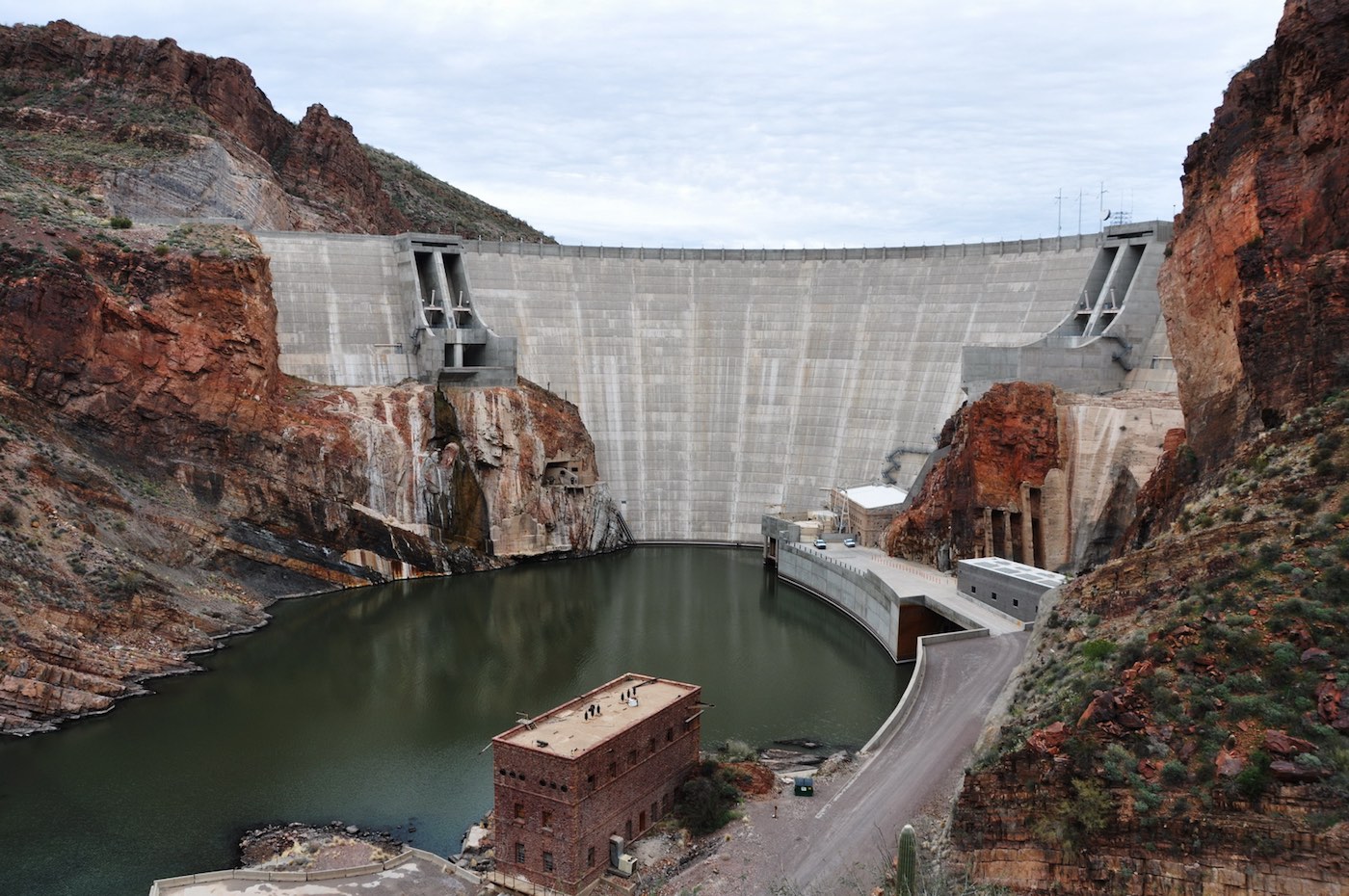In São Paulo, drinking water is used to flush toilets, bathe and, until very recently, to wash cars and even hose down city pavements, as porters use jets of crystalline water to shift those last specks of grime. In Brazil, a land of immense natural riches and home to around 12% of the world’s fresh water, the very idea of a water shortage is hard for people to conceive of. Yet despite the state government’s prevarication over possible imminent rationing – consisting of two days of water followed by four days without – in reality, millions are now getting just a few hours of water per day, with many struggling with none at all for days on end.

The São Paulo water crisis, or “hydric collapse” as many are calling it, has left this city of 20 million teetering on the brink. Though domestic use accounts for only a fraction of the water consumed in the state of São Paulo – where extensive agriculture and industry places intense pressure on available resources – for paulistanos, as the city’s residents are called, learning to use water wisely is suddenly the most pressing need of all.
The sudden nature of the crisis has left people struggling to cope with the reality of the taps running dry. The state governor Geraldo Alckmin has insisted repeatedly that the water will continue to flow as usual, and no state of emergency has yet been declared, though some experts believe such a declaration well overdue. In the meantime, residents of São Paulo are making their own arrangements: storing water at home, and in some cases drilling homemade wells. In part a result of badly stored water, instances of dengue fever spread by mosquitoes almost tripled in January, compared with the previous year.

Graphic designer Isabela Berger Sacramento, 33, lives in a neat, well maintained apartment complex, Condominium Solar das Palmas, in the neighbourhood of Saúde, south-central São Paulo. The complex consists of three 1970s tower blocks flanked by a leafy tropical garden at the front, and an open-air pool at the back. Its residents are teachers, small business owners, sales and administrative workers and pensioners. When the complex was suddenly left without water for four days straight at the beginning of February, the learning curve for Berger and her neighbours turned out to be painfully steep.
“My workmates keep fretting about how they are going to stay clean if their water runs out,” says Berger. “They have no idea: when the water goes off, bathing is the least of your problems.” Berger was able to shower at her father’s apartment 20 minutes away, and found that at home a mixture of wet wipes and a damp flannel worked relatively well, at a push.
From our partners:
With no idea of when the water would be back, Berger and her partner Bruno de Melo Rodrigues, a 30-year-old web designer, bought disposable cups, plates and cutlery, deciding against dirtying any pots and pans for fear they would rot in the sink. “We made coffee, but that was about it. We’re lucky in that we were able to afford to eat out for a couple of days,” says Berger. Their eighth-floor apartment looks out over the mostly low-rise surrounding neighbourhood, where the “verticalisation” process that has made São Paulo an archetypal concrete jungle is very evident, but where there are still vast expanses of one- and two-storey houses lining the long, quiet streets.
[infobox]“I’d always imagined people would try and help each other out in a crisis situation,” she says. “But it’s not what happened at all.”[/infobox]Nothing about the experience was easy, says Berger, “but the worst thing by far was having no water to flush the toilet with. It was degrading.” With no warning that their taps were about to run dry, the couple had no reserves of water. “Within a day or two, there was a really unpleasant smell in the apartment,” says Berger, who says she was reduced to wondering whether it might be better to squat and urinate into the shower grate. “At least that way, it would drain away rather than just sitting there,” she says. Two days into the crisis, the síndica – the apartment complex manager – gave permission for residents of the complex’s 192 apartments to collect water from the swimming pool, initiating a line of bucket-toting neighbours traipsing back and forth to the pool.
On the third day without water, residents set out rows of plastic chairs in the communal area and held an emergency meeting to discuss the problem. But to Berger’s dismay, the meeting quickly descended into furious argument: “I’d always imagined people would try and help each other out in a crisis situation,” she says. “But it’s not what happened at all.”

Her complex had purchased a truckload of water halfway through the crisis, at the beginning of February: 90,000 litres, costing R$5,400 (£1,225). When they tried to agree on how future water purchases should be split between residents, an argument broke out almost immediately. “People were really, really shouting at each other,” says Berger. “I left after a while – I couldn’t stand it. I heard one person saying that elderly residents are at home all day and use more water, so they should pay more.” Others argued that since some flats had several residents, the cost should be divided per person, and there was even a suggestion that people with dogs should pay extra – “because they bathe them”.
“It was like a horror film,” says the building manager, Maria Aurilene Santana. “No one seemed able to agree on anything.” When a small amount of water finally trickled into the tanks Santana says “people were filling buckets, grabbing as much water they could.” According to a crisis report published on 9 February by the pressure group Aliança Pela Água (Water Alliance), whereas catastrophic situations like flooding often fosters solidarity, a lack of resources tends to do the opposite, leading to chaos and even violence. In Itu, a city 100km from São Paulo a desperate water shortage in late 2014 led to fighting in queues, theft of water, and the looting of emergency water trucks, which are now accompanied by armed civil guards. These events left many paulistanos wondering how the hardship might play out in their own pressurised and densely populated city.
For the residents of Solar das Palmas, the supply returned after four days, albeit in fluctuating quantities. Before the crisis, 20,000 litres flowed into the tanks of each of the complex’s three tower blocks per day, but that’s now down to an average of 10,000, and occasionally as little as 3,000. The complex initiated its own programme of rationing for a while, turning the water on each day for 3-4 hour stretches in the mornings and evenings, but Santana now leaves the supply open. “When it runs out, it runs out.”
During the four-day crisis, Santana went to Sabesp, São Paulo’s water board, to find out when the water would be returning. “I told the man who was working there that the apartment building over the road had water, and yet we did not,” she says. “He said, ‘They may have water for now, but it’s going to run out for everyone soon’. He said there were some areas where the people had been without water for two months.”

“I think about this all the time, and about the possible consequences,” says Berger. She and her partner have discussed moving away, back to their native Rio de Janeiro or elsewhere, if the proposed two-days-on/four-days-off rationing kicks in.
“It’s not viable,” she says. “We spent four days without water, and we saw what it was like. We saw people behave like animals in our building, so imagine 20 million people.” For now, with the water back on albeit reduced, the experience has brought about a profound change in Berger’s attitude. “I think twice about every single choice I make – do I really need to wash that top? I feel like we’re having to learn the value of every drop the hard way, and maybe in the long-term, that’s a good thing.” Berger and her partner now keep three buckets and two pans filled with tap water, three 20-litre kegs of drinking water – and a supply of wet wipes. “I can’t stand the smell of them now,” says Berger.
For Santana, who attracted the wrath of her residents at the lack of water, the crisis has been a baptism of fire. “Some of them seemed to think it was my fault,” she says, “and one woman even threatened to punch me.” She was voted into the building manager position by her fellow residents in November. “Ah well,” she says, as we speak in the empty social area on a quiet Sunday afternoon. “At least the worst is over.” Her deputy, Ivani Pavoski, throws her a shrewd sideways glance.
“You must be joking,” she says. “This has only just begun.”
This article originally appeared in The Guardian.














